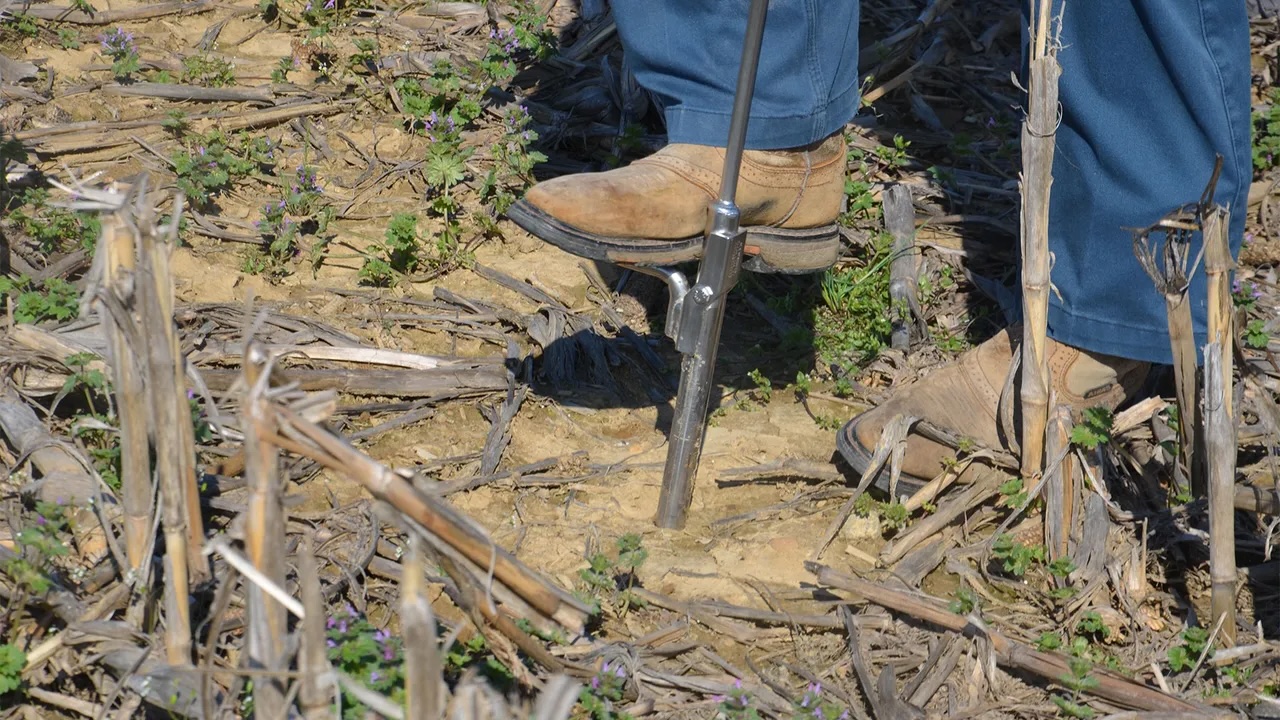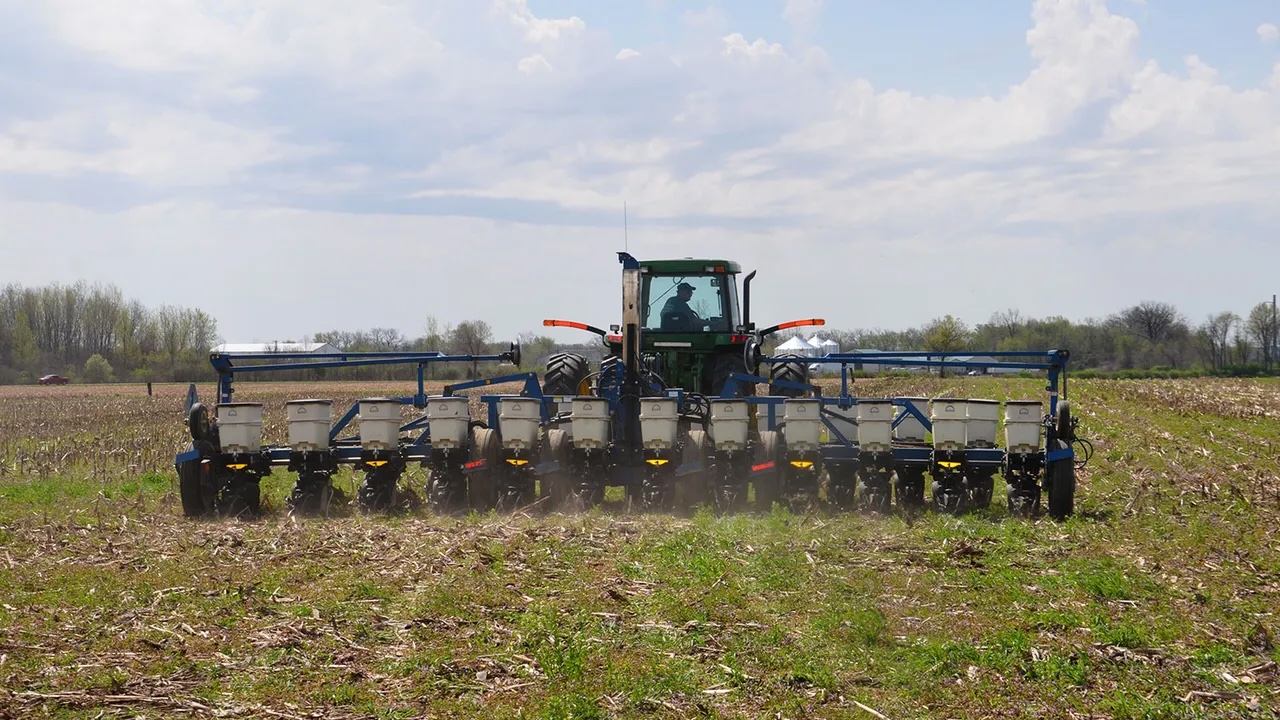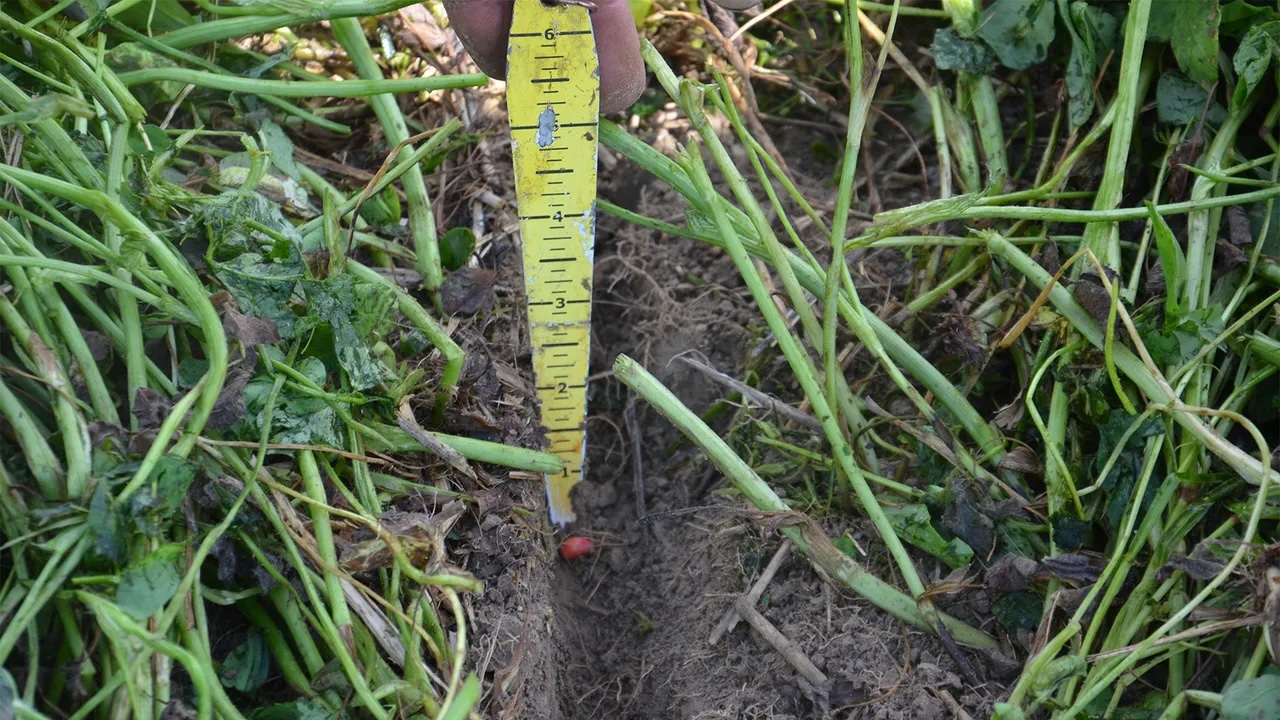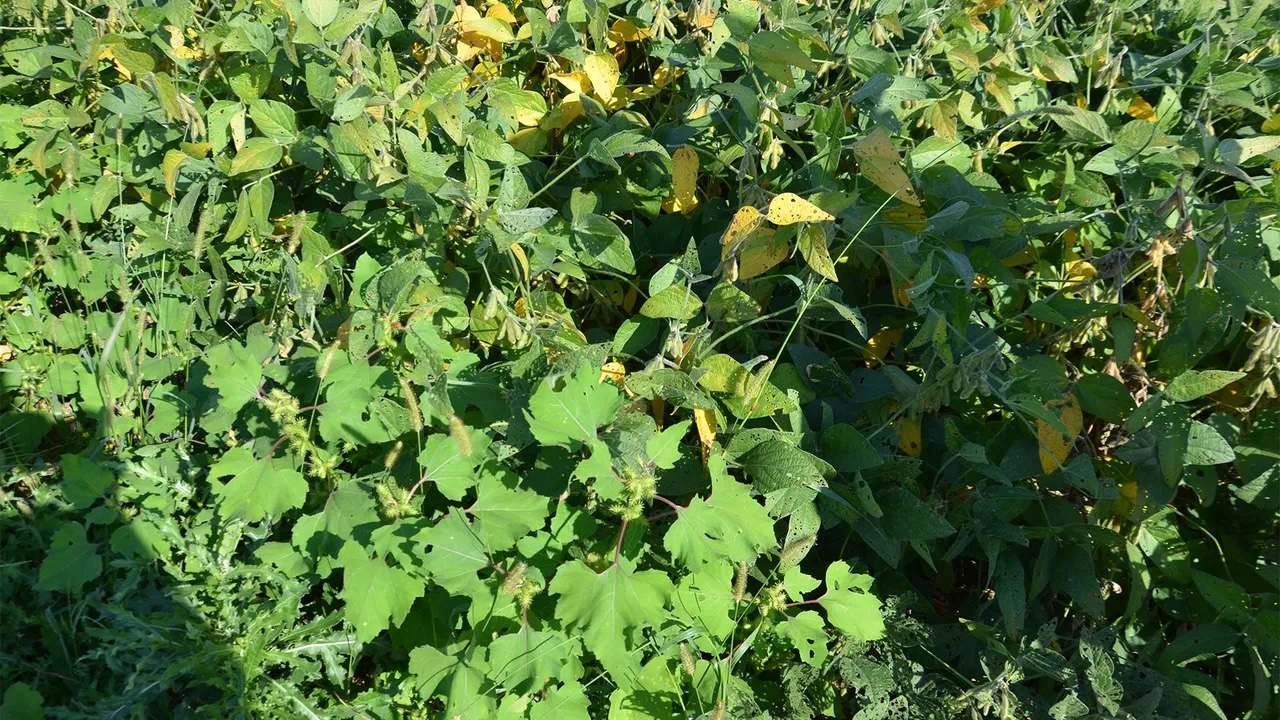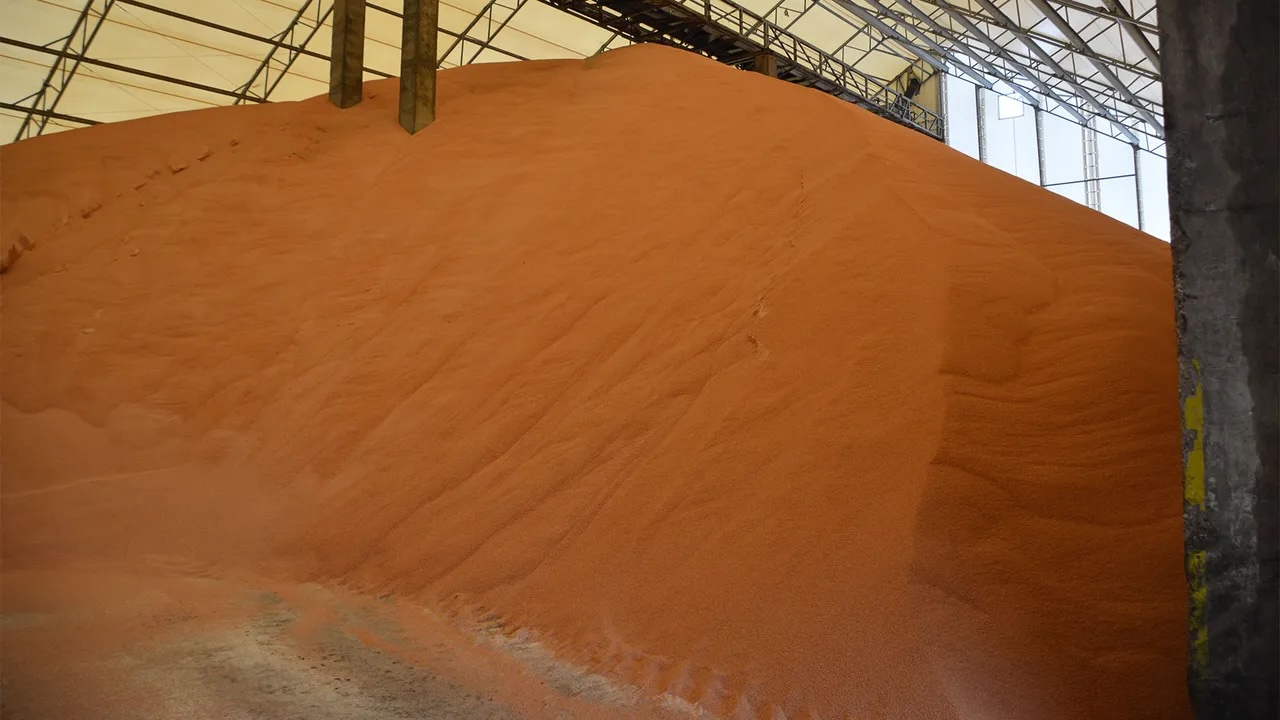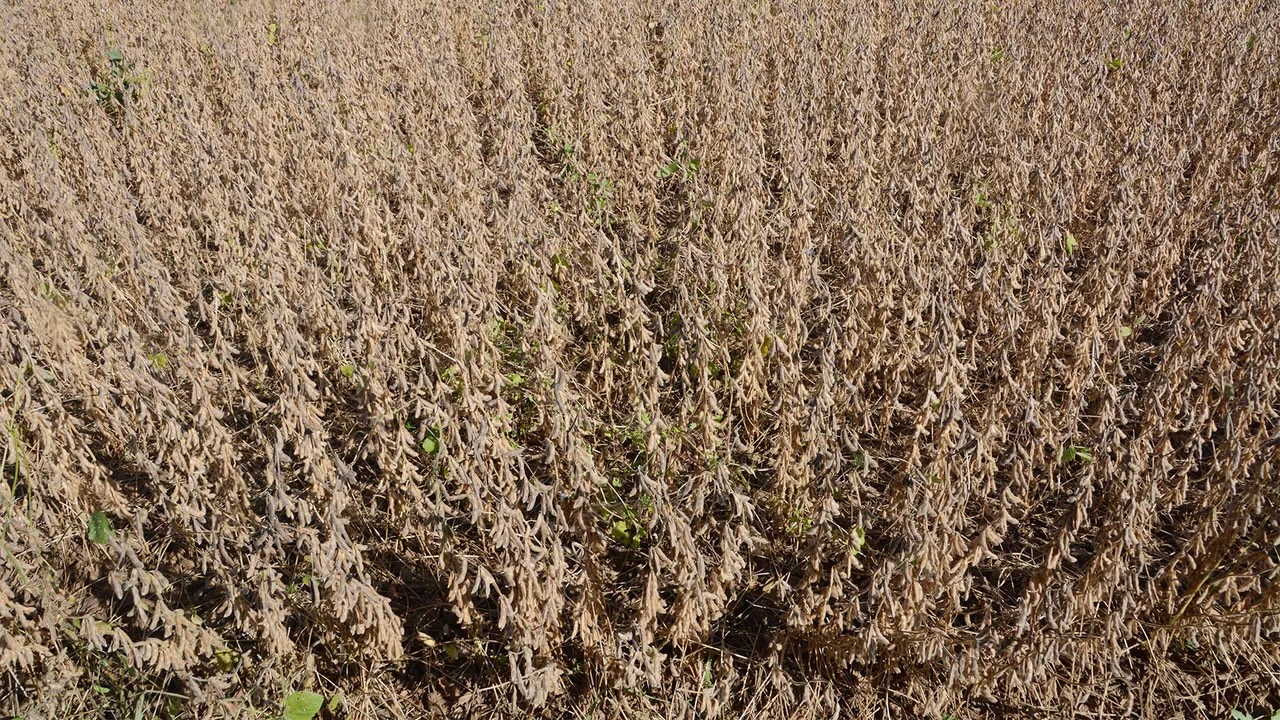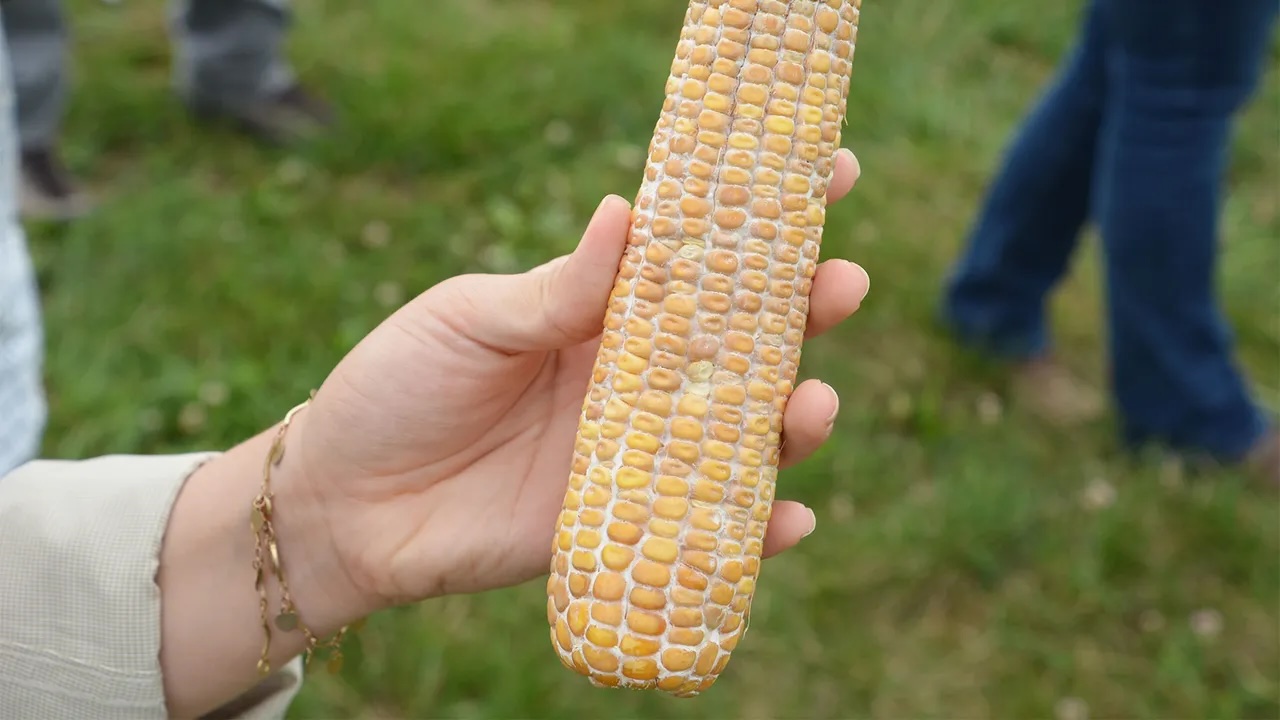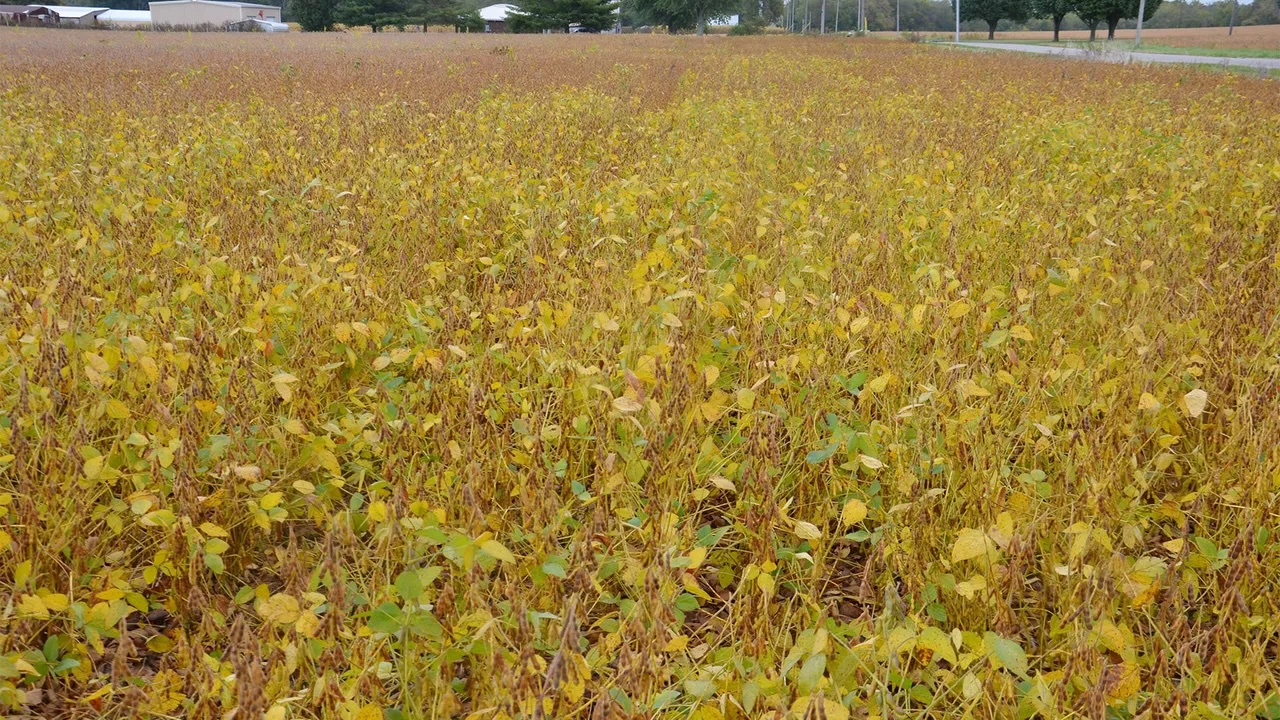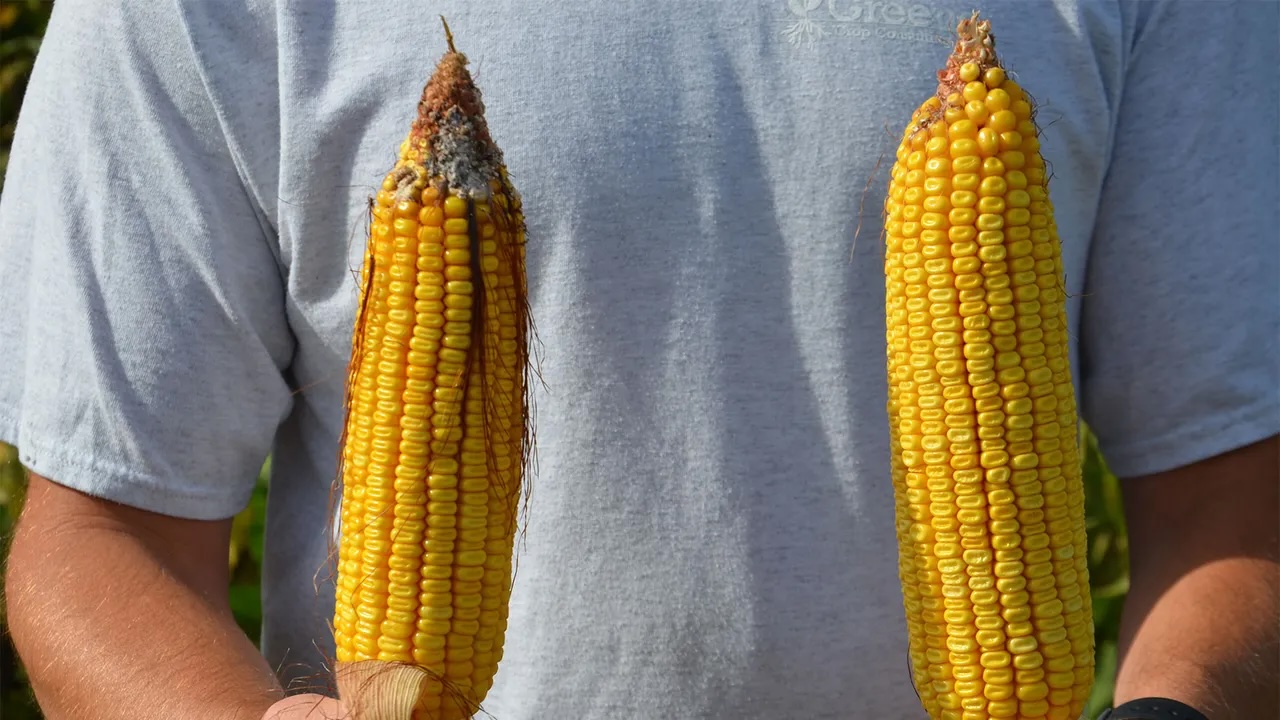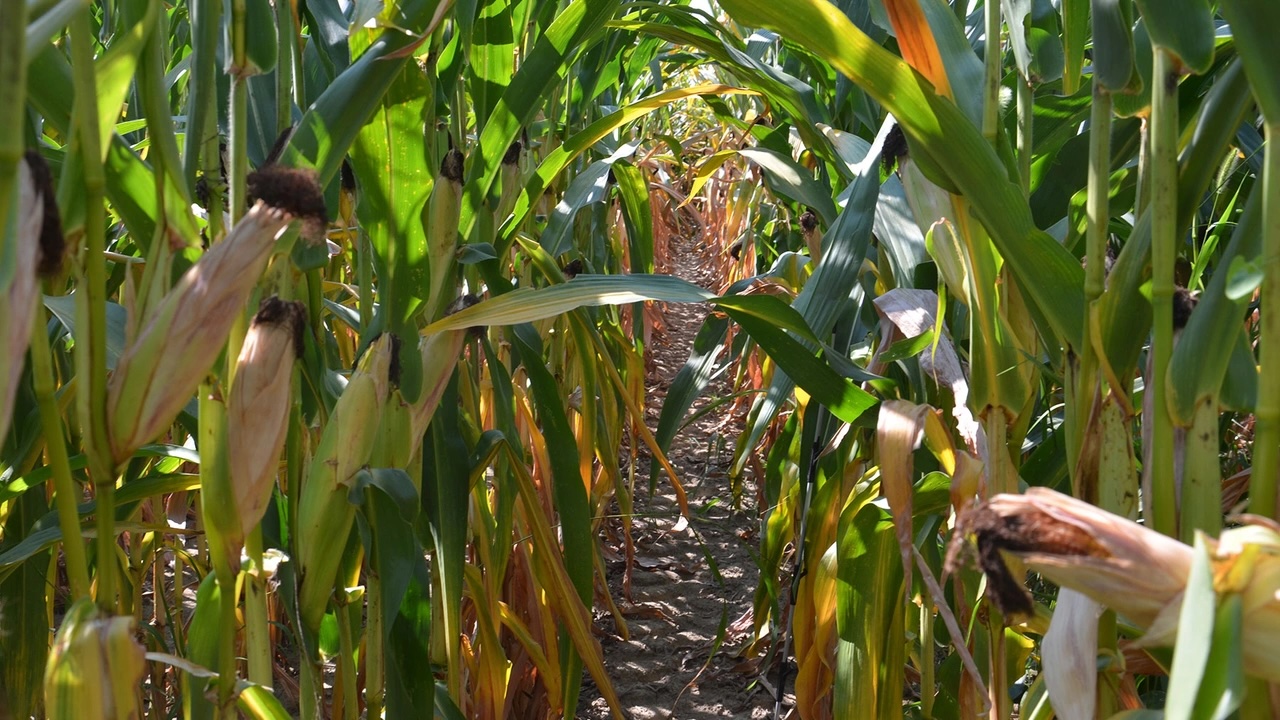Pick right time to harvest beans and boost profits

Soybean Corner: Don’t let green stems fool you into letting soybeans get too dry.
Aug 03, 2020
When should I start harvesting soybeans? Every year I get fooled by green stems, and beans are 11% to 12% and I get more shattering. Why do stems stay green, and how can I avoid this?
The Indiana certified crop advisers panel answering this question includes Steve Gauck, regional agronomy manager for Beck’s, Greensburg; Andy Like, independent crops consultant, Vincennes; and Dan Ritter, agronomist with Corteva Agriscience, Rensselaer.
Gauck: Ideally, if you start harvesting soybeans at 14% to 15% and use air to dry them, you maximize yield and minimize harvest loss. Soybeans are fully mature when 95% of the pods are at their mature tan color. Therefore, there could still be leaves on plants in good growing conditions, and beans can be at 13% moisture. As we work to keep them healthier and push yields, we’ll be harvesting more “green” soybeans in the future.
Think of it like corn. The longer you keep plants alive, the more yield potential they have. You must be prepared to handle some green stems. Be sure to have sharp cutterbars, and be prepared to slow down. Many growers in the South use a planned harvest aid program to maximize yield and help with drydown. Be sure to know your harvest intervals when looking into harvest aids.
Like: There are several reasons stems stay green at harvest. Most often, stems stay green from using a strobilurin fungicide application made at the R2 to R4 growth stage. The severity of the green stems will vary from year to year, and at its worst can slow down harvest speeds. Secondly, physical damage to the plant, such as frost or drought, followed by a late-season rain can cause green stems. Also, late applications of Liberty herbicide can make beans stay green longer. Lastly, some varieties tend to keep green stems longer than normal. Again, this tends to be a problem where severity varies from year to year.
I suggest avoiding fungicides that contain a strobilurin or strobilurin components, and choose varieties that dry down more normally. If you use Liberty, try to make your last application before flowering to avoid green stems. Lastly don’t be afraid to run a green-stemmed plant though your combine. Modern combines most certainly can harvest beans with high-moisture stems. It may be slower, but you will avoid shattering that comes with 11% soybeans.
Ritter: I recommend the earlier the better, for some of the same reasons you mention. I suggest starting harvest at 14%. If stems are green, adjust the combine for the conditions and take the patience to cut beans slower. University of Nebraska data indicates it’s worth an additional $10 to $12 per acre harvesting at 13% as opposed to 11% moisture.
I also suggest spreading maturities in the future to aid in harvest management. You can’t cut all your beans in one day. So, get a good spread in soybean maturity.
There are several theories for green stem syndrome. They include low pod count and relatively good growing conditions late in the season, a period of stress in the late R stages of growth, insect vectors, and viral diseases. Most research now indicates it’s still a bit of a mystery as to the actual cause. So, as I have heard in the past, ask five agronomists and you’ll get 10 opinions.


